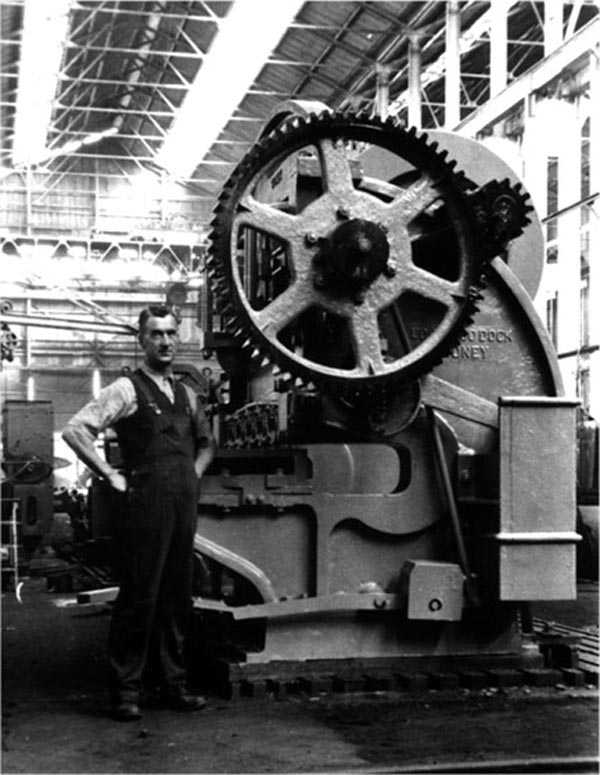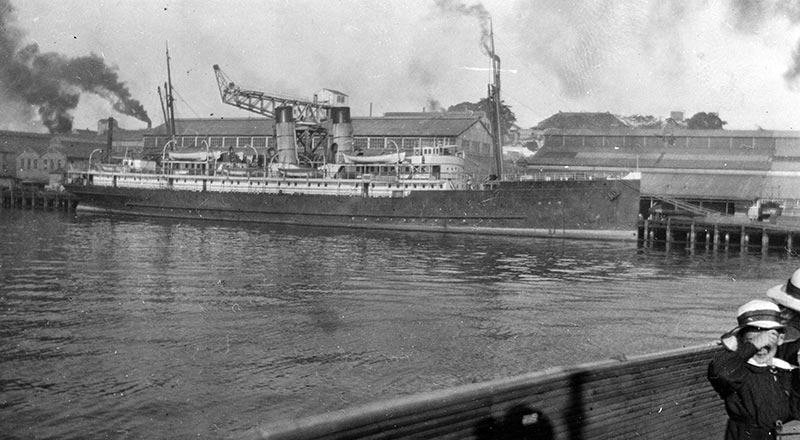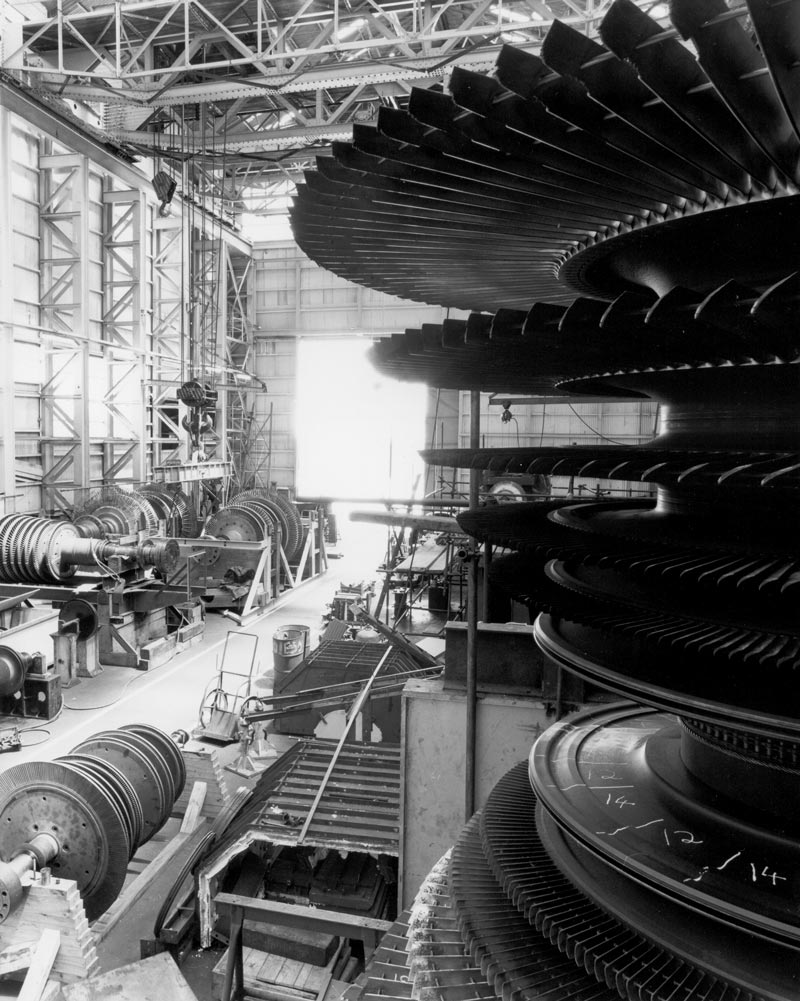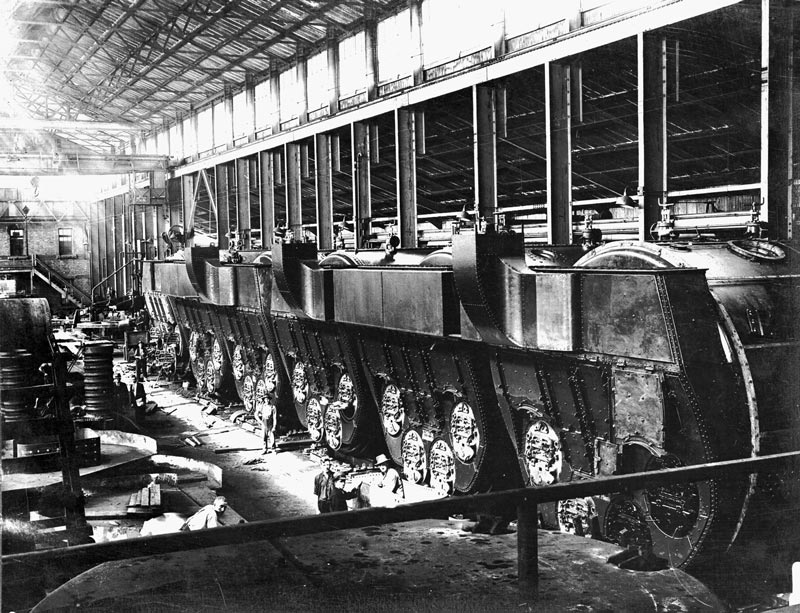The scope of general engineering work undertaken at Cockatoo Island was very wide, and it encompassed the entire history of the dockyard from 1857 to 1991.

In addition to work on the island, Cockatoo Dockyard work teams carried out repair tasks from Broken Hill to the Pacific Ocean in passenger ships on passage between ports.
The manufacture and repair of steam turbines was a major task of the dockyard throughout most of the twentieth century. In 1897, Charles Parsons astonished and frustrated the officers of the Royal Navy when he demonstrated his turbine machinery in Turbinia at the Spithead Review. The new technology was rapidly adopted at sea by both the Royal Navy and the merchant service. In 1904, the first ocean-going steam-turbine powered merchant steamer, Loongana, was completed in Scotland for the Union Steam Ship Company of New Zealand. Cockatoo rebuilt her turbines during a major repair in 1917.

Cockatoo Dockyard’s work with steam turbines began in 1910, with the assembly of the turbines for the destroyer Warrego. The turbines for her sister ships and Brisbane were also reassembled on the island, but the turbines for the cruiser Adelaide were built on the island. Cockatoo Dockyard subsequently built most of the steam turbines installed in Australian built warships, the last being those for HMA ships Torrens and Swan in the mid-1960s.

The repair of steam turbines for power stations and other industries became a major part of the dockyard’s commercial work, with sets as large as 660 MW being repaired on the island.
The dockyard also built many boilers for ships and other applications. The first Australian designed and built water-tube boiler was built on the island in 1910 for the torpedo boat Countess of Hopetoun. Many more were to follow. During World War II, Cockatoo delivered 171 ship’s boilers, all but twelve of the boilers for all warships built in Australia during the war. At one time they were being delivered at the rate of two per week. The last boilers built at Cockatoo Island were those for the Type 12 frigates Stuart and Derwent built at Cockatoo and Williamstown Dockyard in the early 1960s.
